
Corso di Progettazione Architettonica
Assistita
Facoltà di Architettura
Sapienza - Università di Roma
Antonino Saggio Home
Corso 2018 Home
Lez. 23
6 CICLO. I progetti
della modificazione | Interconnessioni dinamiche. Strutture gerarchiche
e modelli intelligenti
Una versione di questa lezione è stata tenuta il giorno 10 maggio 2018 al Corso di Teorie della ricerca architettonica contemporanea nel ciclo di conferenze i mestieri dell'Architetto
Professoressa Alessandra Capuano
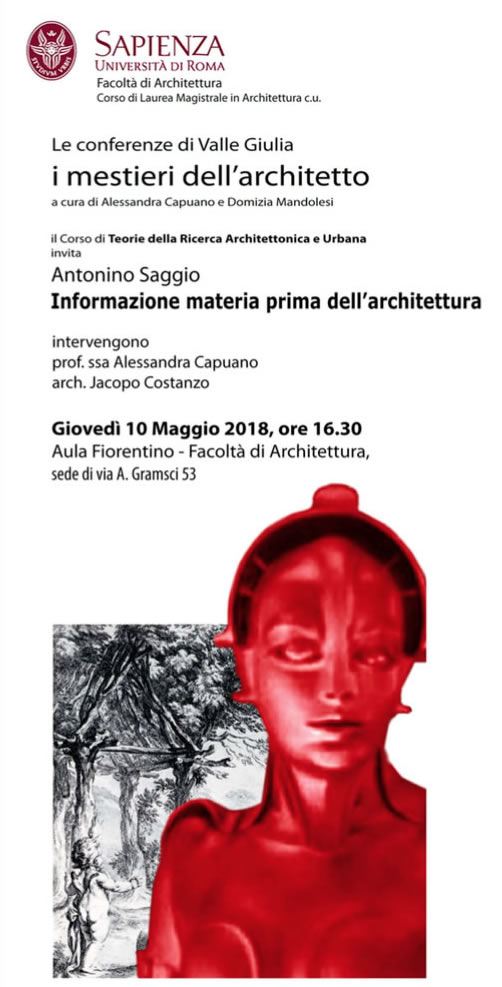
Il Cambiamento del Concetto di Spazio
Spazio Organo, Spazio Sistema, Spazio Informazione
Lo spazio al centro


Lo spazio organo

vedi
Lo Spazio Sistema

vedi
Lo Spazio Informazione


L'ultima parte del Libro Architettura e Modernità descrive le ricerche più avanzate in architettura in rapporto alla Rivoluzione Informatica.
Vedi presentazone in Locale Oppure in Rete
An intellectual walk
1. Industrial city / versus Information city, key differences
2. The Changing Notion of Time | 3. The Changing Notion of Space
4. The Prothesis | 5. Looking Inside | 6. Time to Define Space |
7. What Is Space | 8. Space as Information | 9. Crisis Modernity and Information Technology |
| 10. New IT Paradigms | 11. Works
1. Industrial city / versus Information city key differences
Assembly Line vs Network
i.e. zoning vs anti zoning
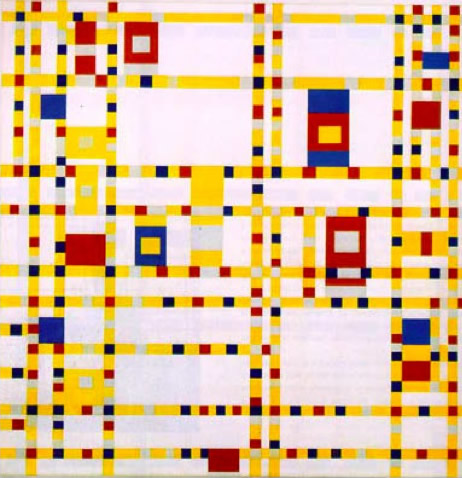
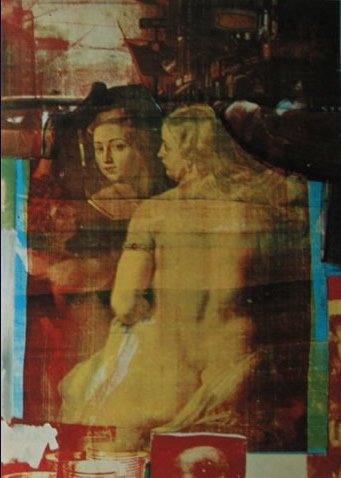
Piet Mondrian -Broadway Boogie Woogie 1942-43; Oil on canvas, 127 x 127 cm; The Museum of Modern Art, New York
Rauschenberg, Persimon, 1964
Chain vs Nets

Le Corbusier, Plan Voisin, paris 1935 Michael Najjar "The Invisible citry" 2004.
Video Clip della serie Netropolis 2003-2006
in front versus in between

Mies | Eisenman
the far west versus nature and "ecotechnics"



go

Guarda film in you tube
2. Il Cambiamento della Nozione di tempo
:.n, il MODELLO...
Information is structured through electronics
into models that have a continually modifiable and re-shapable form. These
are real information trees with parts that can also be hierarchically connected.
This means that by modifying a lower part of the tree, the repercussions
are ramified to the entire upper structure. Architecture is called upon
to look deeply even “inside” this IT model in order to understand it, to
utilize its most profound rules and peculiar characteristics, to write
with its own means a chapter in the transformation of these past few decades.
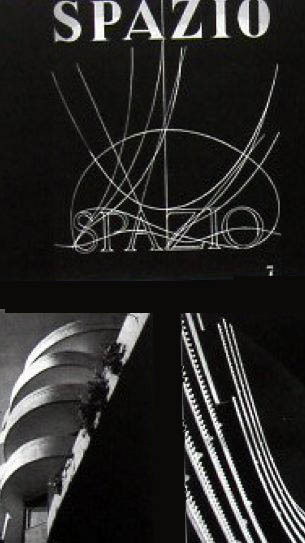 ..
..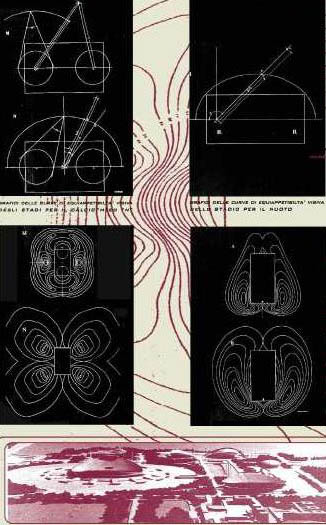 ..
..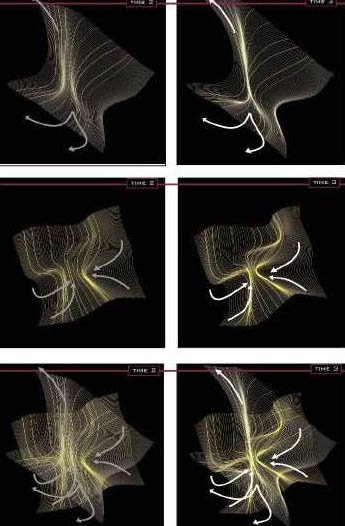
Luigi Moretti In Mariella Tesse Graduation Thesis Saggio Advisor" La
Sapienza go
The challenge facing us is not only one of creating an
architecture that is narrative and metaphorical, as is part of all today’s
architecture, but how to create an architecture that
can incorporate this complex, interrelated, changing and extremely dynamic
level that characterizes the fulcrum of the IT paradigm. The real
problem, as always, is not of a technical nature, (easy and almost banal),
but rather an esthetic nature. How do we work with an architecture that
has the “awareness” of being part of information technology? What is the
esthetic sense of the IT Revolution?
3. La reificazione
We are accustomed to representing architecture
already built. To designing (or measuring) the pyramids or a Renaissance
palace to put back on paper something we know as a real object already
existing in space. But have we ever asked ourselves the reverse? In other
words, how and how much a real object might 'resemble' the method that
its contemporaries had of representing it? Perhaps this question would
reveal the fact that it is knowledge itself that is 'represented' in the
architectural object. The basic rules of trigonometry are illustrated in
the pyramids; a calculation based on geometry (and not the tiring Roman
numerals I, II, III, IV) is at the basis of the Pantheon; the loss of geometrical-arithmetical
ability is evident in the cavernous and unsteady interior of a Romanesque
church; without the lines and rules of perspective there would be no 'ordered'
Renaissance palace, and without the circles of a compass, the curves of
San Carlino or Sant'Ivo would never have taken shape. Finally, if we 'also'
consider the tool, we get a clue to understanding how certain senses of
space were born.
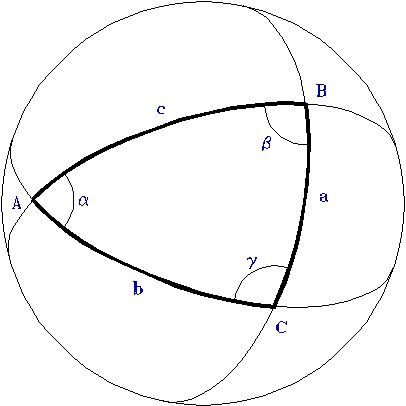 .
.
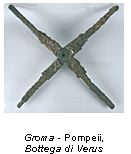 ......
...... 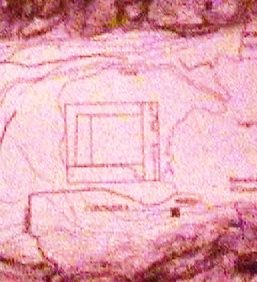
I, II, III, IV ????
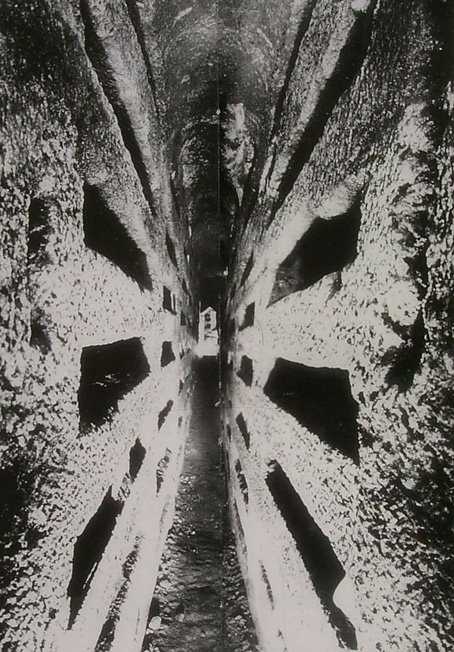
..
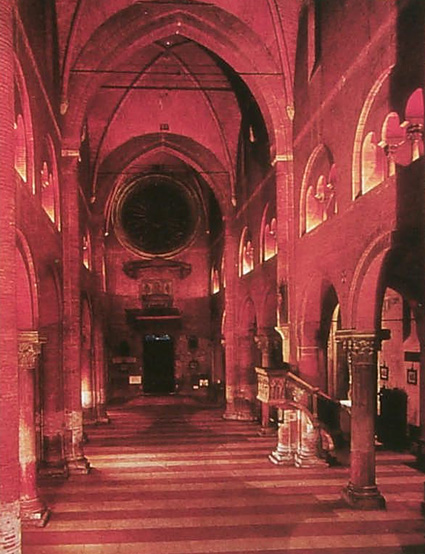


See Mathland preface >
4. The Prothesis
Lo strumento come crisi
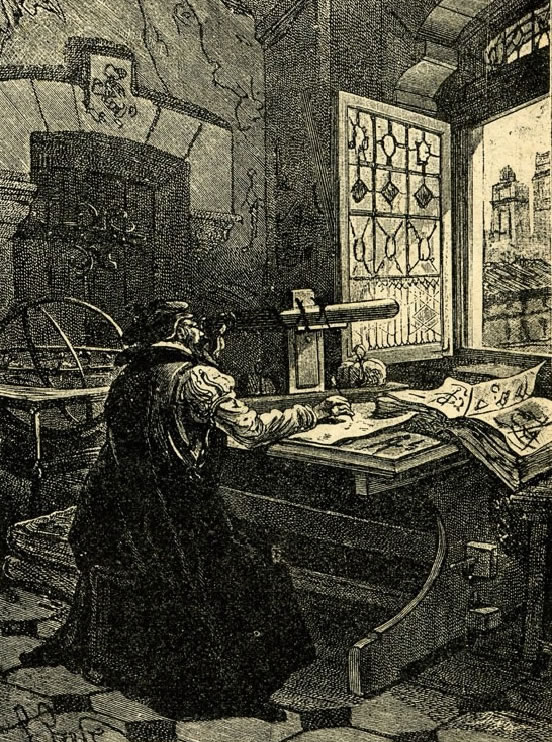

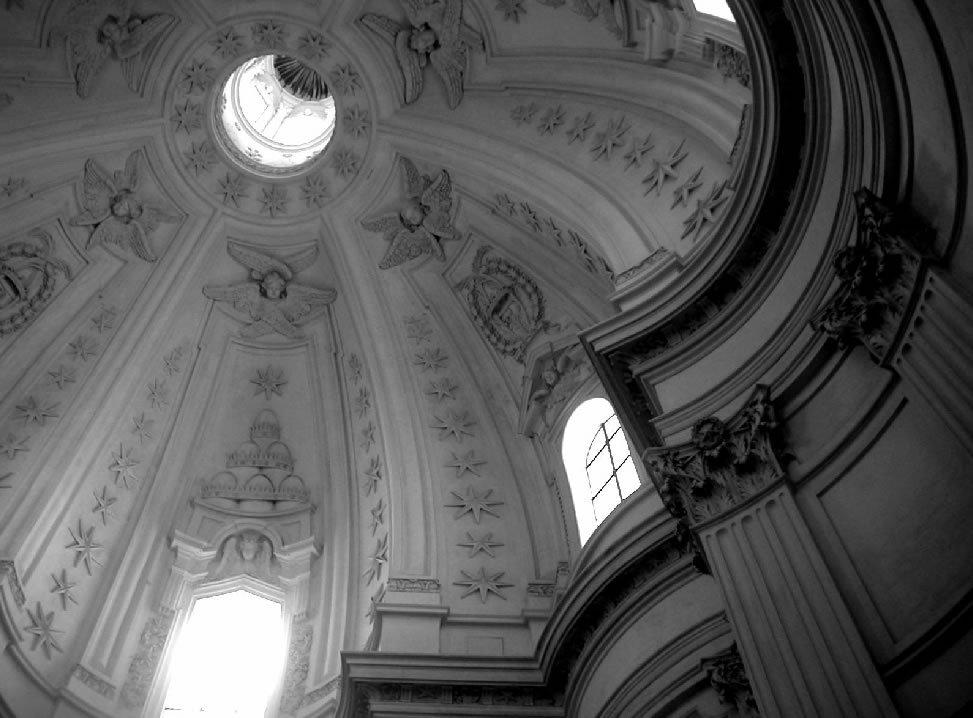
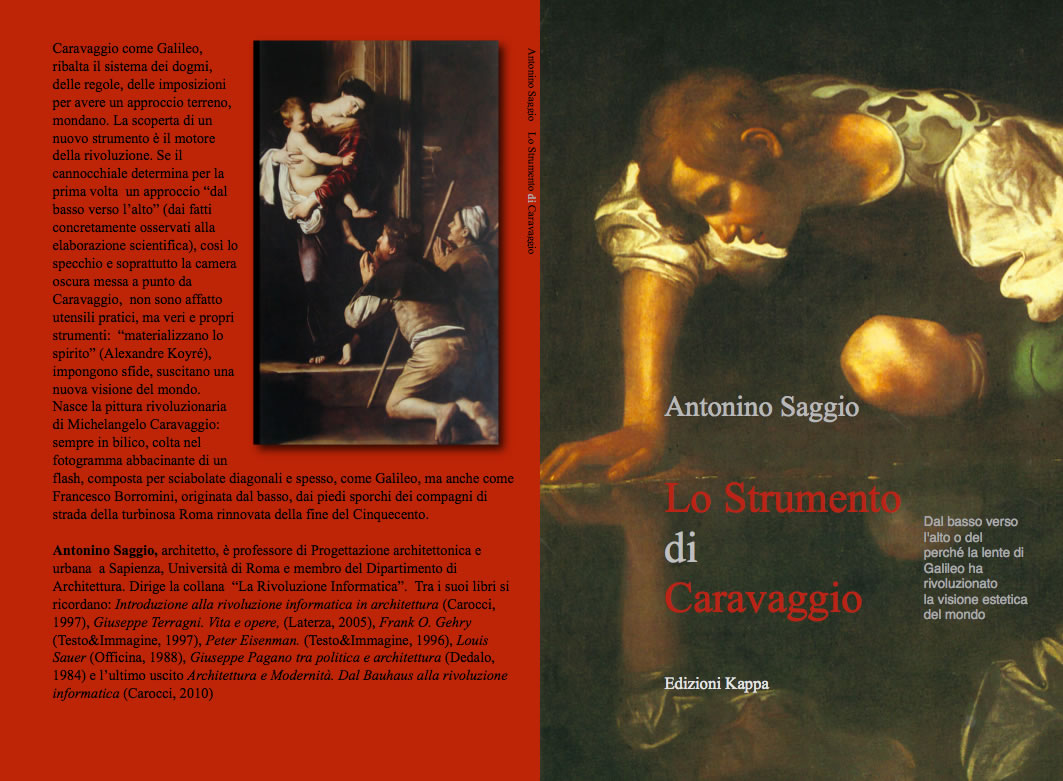
Looking Inside

Steve (Jobs) looking inside a chip in 1976
refer also to James James Hockney "Secret Knowledge"
Thames and Hudson and to two serious AS's Sindromes Borromini >, video > Caravaggio >
Public quest
Where is my diploma as one of first 10,000 buyer as CMU grad student of my MAcintosh 128 K personally signed by Steve?
6. Time to Define Space
Time – A property created by God together with the universe (Saint Augustine).

1. The Extrusion process
2. The different sub systems
3 An experiment
4. Jump
The Key for us is NOT the modernist idea that "exists" an Objective Reality (objectively described in three dimension) to whic we add a forth dimension (time). But exactly the opposite idea. That Space and Time interchange their roles and presence at all dimensions.
Starting from teh zero dimension going up to further dimensions
"Time is a property Created by God together with the Universe" Saint Agustin (Sant'Agostino)
Magnificientt Universe >>>

7. What Is Space
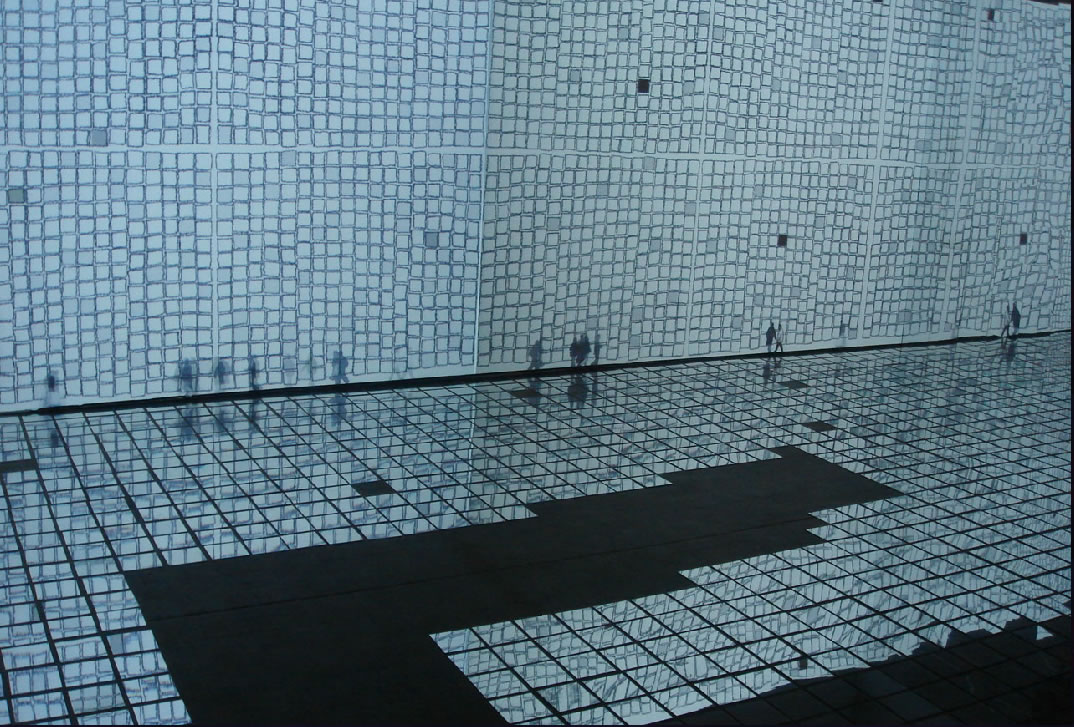
Choi, Won-Jung, "Why not here: murung dowan", 2006 >
8. Space as Information
Flim di Novak

Marcos Novak, Invisible space, Venice Biennale
Does color really exists?
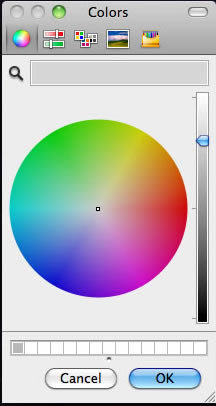
a. perception of colour. Psycology of perception
CONTEXTUAL
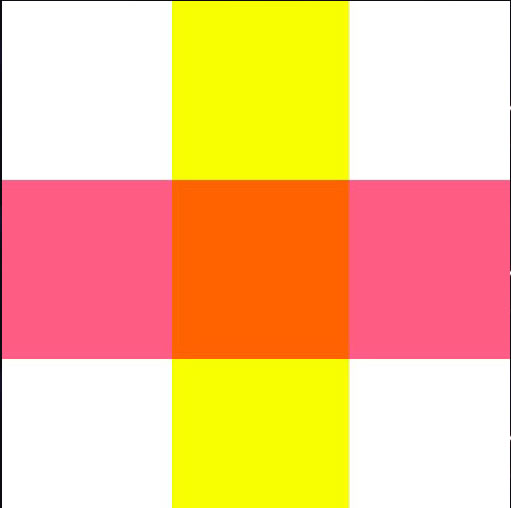
this refers also to transparency
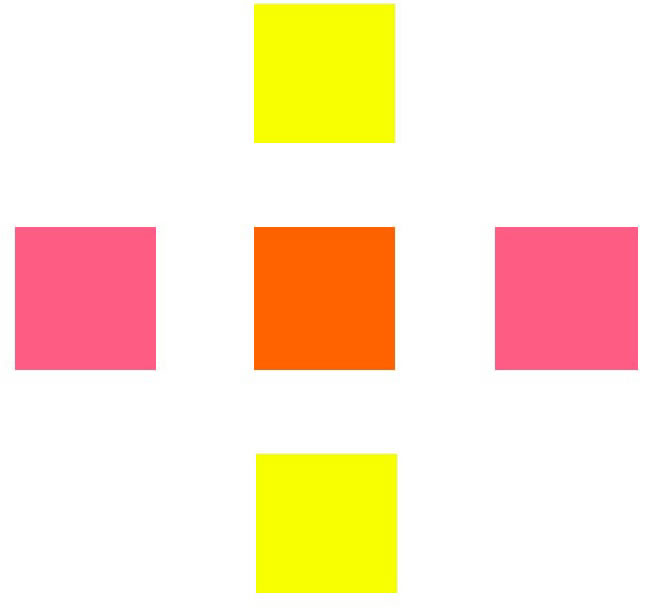
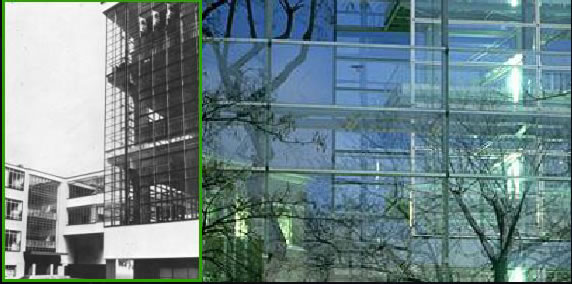
Walte Gropius Bauhaus, Dessau | Jean Nouvel, Cartier Foundation, Paris
2. Physiological

Picture by Andrew Davidhazy
3. Cognitive
What colour is the ice?
What color is the sky?
To Italy
Who knows the land where the sky
of inexpressible blue colours itself? ....
Inexpressible blue!
All’Italia
Chi conosce la terra dove il cielo
d’indicibile azzurro si colora?
dove tranquillo il mar con l’onda sfiora
rovine del passato?
dove l’alloro eterno ed il cipresso
crescon superbi? dove il gran Torquato
cantò? dove anche adesso
ne la notte profonda
i canti suoi va ripetendo l’onda?
la terra ove dipinse Raffaello,
dove gli ultimi marmi
animò di Canova lo scalpello
e Byron rude martire ne’ carmi
dolore, amore effuse e imprecazione?
Italia, terra magica, gioconda
terra d’ispirazione!
Aleksandr Puskin
Now let's make a decisive step: but if the colour does not exist in reality and it exists only contextually, we should understand that the colour is one type of "information". True information!, as we have already defined that is: "application of a convention to one data". In this case the data is the electromagnetic radiation, while colour is nothing more than a psychological, physical and conventional use of information! Red wants to say stop, green go, but only in some contexts and some conventions.

8. Space as Information
Now look at this picture
What about radio signals ?

And air jet routes


Santa Sofia
Space is information we can design and change its properties, values and characteristics, and we can also manipulate it to have some kind of projection of other dimensions
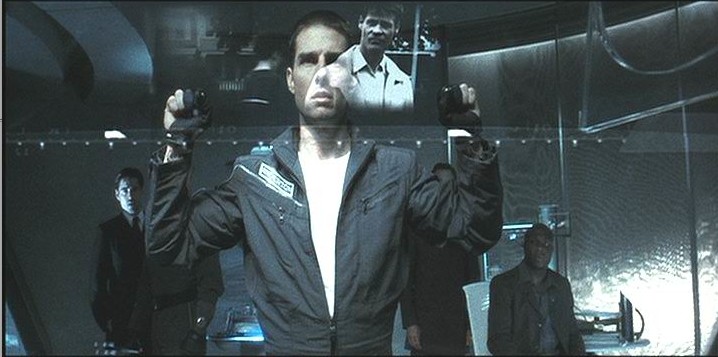
Steven Spilberg, Minority report
And today a reality
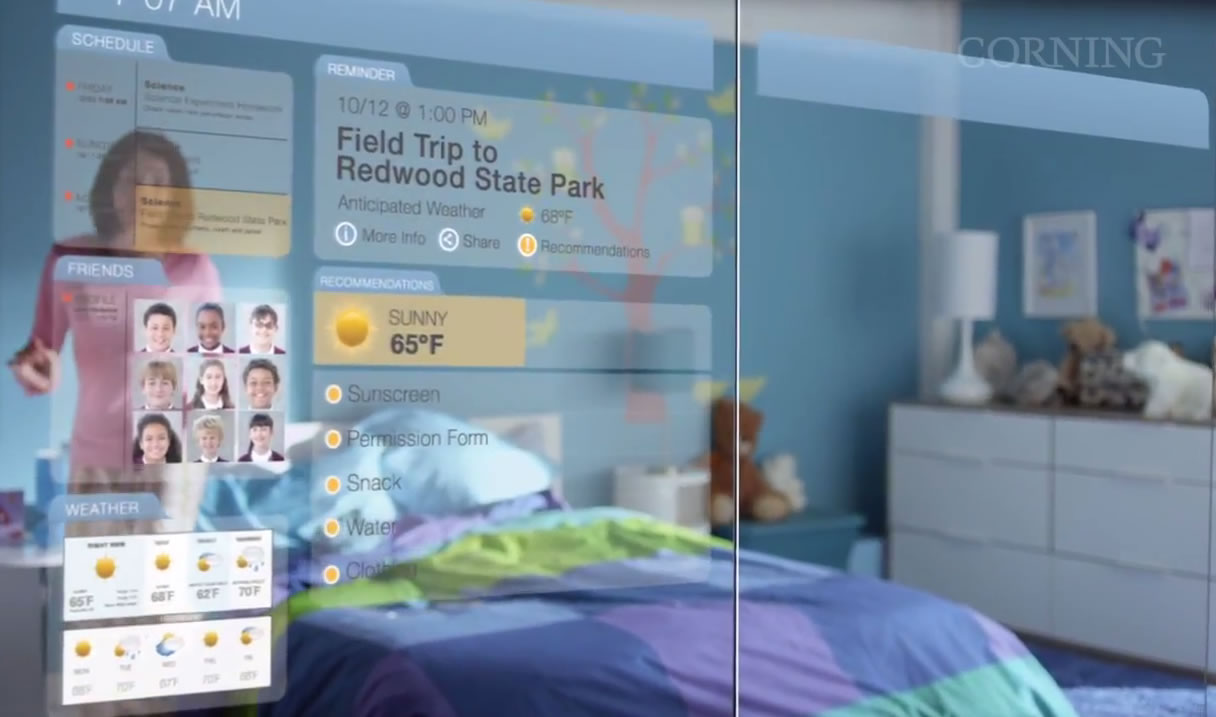
see developments on transparent glass and glasses
READY FOR ALL OF US
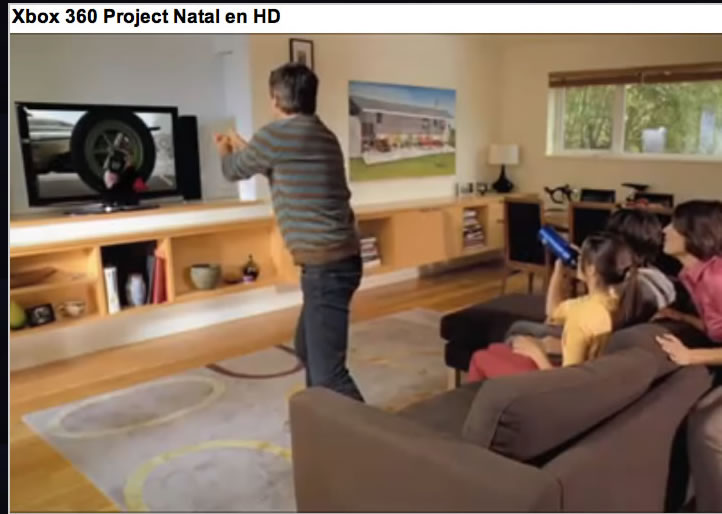
Arduino, another bottom up project
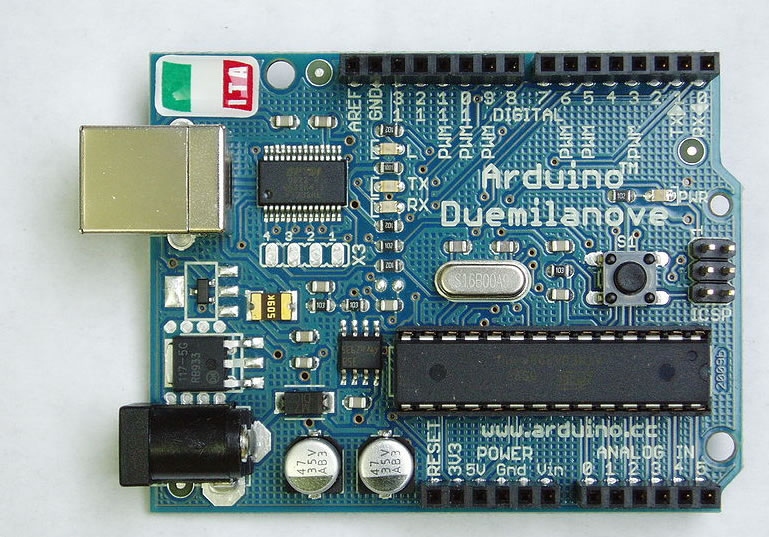
Finally space
And now we are ready to directly discuss the issue of space. Does space really exist? At this point in our discussion, the answer is obvious: it exists and it does not exist. Matter exists, not space. Space is absolutely dependent on the context and on the physical characteristics of the receiver. Perhaps the space that is known to a bat is "equal" to ours? A bat does not see but it sends sonorous waves like a radar. Is the space that the bat lives in like ours? Or it is effectively a different one?. Imagine a small worm that goes around our same room. The worm knows only two dimensions because it just "strips" (slivers?). Is it's space equal to the space that we see from our third dimension? And naturally let's think of fish that only live in aquatic space. How can they conceive, from the depths of the sea, the notion of mountains elevated so high to the point of snowfall?
In summary, if with Copernico we have understood that the earth is not at all the center of the universe, even though it appears to be our our point of view,, it must also be understood that the three dimensions that men experience are NOT the center of anything. We do not live at all in a kind of three-dimensional bubble in which everything is located and that we and our bodies watch and control. On the contrary, other spaces exist- other informative worlds! They are a series of parallel worlds that coexist although there are some channels, some passages, some small openings and some "projections" between these various worlds.
However, also the man when is put in a different conditions "sees" and experience space in completely different way. Lately I have spoken with the Italian astronaut, the colonel Roberto Vittori. Vittori describes space in the conditions of microgravity as completely different from the space we are accustomed to. A space in which one floats is a radically different one: it is a space full of possibility and of gorges and above all it is a space to be used physically and therefore cognitively differently.
For this reason I refer as a key image of this text (fig. 0) the Church of Saint Sofia in Istanbul. One can see in the image the large room under the main cupola as it was designed in half of the picture and in the remaining half occupied by an enormous scaffolding. The scaffolding can be read as an enormous matrix. In this case the matrix is physical, but imagine it as a virtual and electronic one. Sensors can in fact describe the points of the matrix-scaffolding and, activating these hidden but existing points of the space, various information can be placed (as Tom Cruise made Minority report). Imagine being able to experience (?) space floating like an astronaut. Or think, more simply, how space is experienced by a pigeon that enters that basilica and knows the gorges, the hidden places. It should be clear that space is a space-information absolutely dependent on the contextual, physical and cognitive principles we described above. Space exists only in the measure in which these three levels are effectively practicable by the receiver.
As Einstein wrote - (2) the most sensitive thing to say something about space it is time (I don't understand this sentence) (the most sensitive topic is that of space and time?)(and on this aspect much we have constructed). Einstein refers to physics, if we must approach space from our human point of view and to dare to add something to the concept of space, it is that "space is information'. Among other things space changes continuously and it is, even literally, " in formation".
Space does not exist as such. It is the application of a convention to the data of the matter. On the other side, the historical and scientific mutations of the concepts of space on which in other occasions we have written, is further evidence of the same argument (3).
Here we would like stop ourselves because it seems to us to have reached the point. It follows some obvious consequence for the architects who are interested in the research of Information technology. If the information is the raw material of this historical phase, and if the space itself is information, how can one design this new conscience? The first aspect of the answer is: "increasing its cognitive and contextual" characteristic. As we know, technology can be used like as a tool to augment reality. How can one design to render a way to perceive dimensions that are beyond our normal 3 dimensions and our limits?. The entire history of technology points in this direction with the artificial prosthesis that creates and expands our cognition and physical limits. As it is known, in the last physical elaborations of micro particles and in new molecular reactors, time goes backwords, but also the Internet is an incredible prosthesis, i.e. an incredible example of amplification to cognitive and experiential knowledge. The future development of architecture will be part of this process. The prostheses most powerful today, from the Internet to the nano technologies that concurs with the materials to the change of colour, density, characteristics go in this direction. And then, as always, there is the great topic of the interactivity and of the dynamic interconnections to which we often return and to which we have briefly fore mentioned.. The interactivity of architecture, is the natural catalyst because if space is information it most also hold true that with the exact dynamics of interconnections of electronics this consciousness may move far beyond our presently known dimensions and limits.
(from A.S. The IT Revolution in Architecture, Thoughts on a Paradigm Shift, 2008 >)
Tecno Primitivo
project by NitroSaggio.net designer in charge Emanuele Tarducci with C. Ampolo built in May 2007 at Giardino Sonoro, Florence experimental Sound Garden by Lorenzo Brusci e S. Passerotti "Il Giardino Sonoro" Florence >
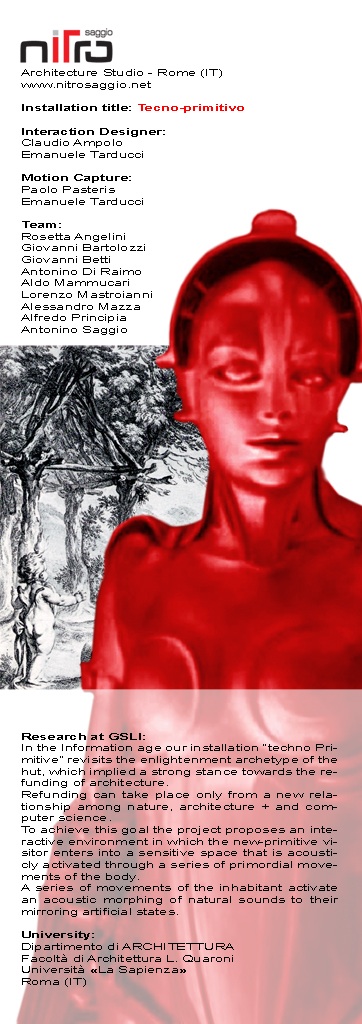
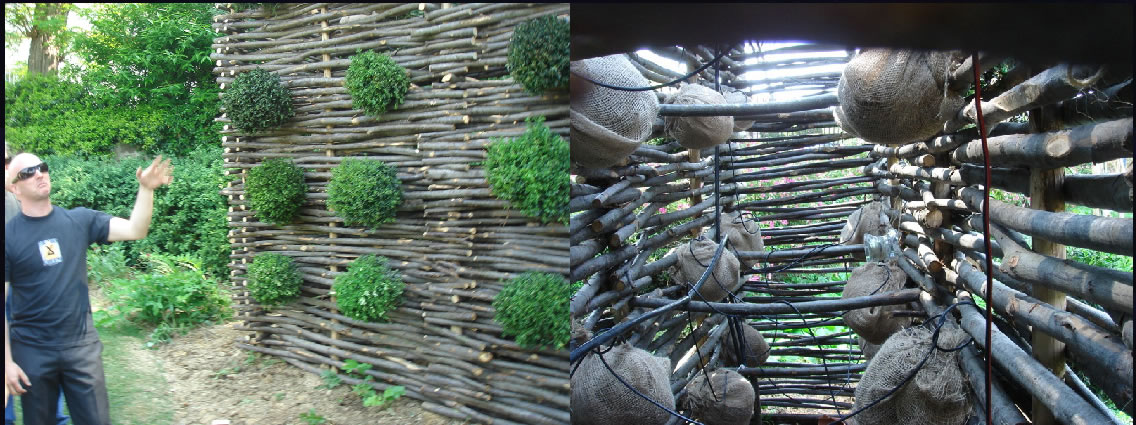

Installation Tecno Primitive >>

on Postural Tecno Primitive Local > You Tube >
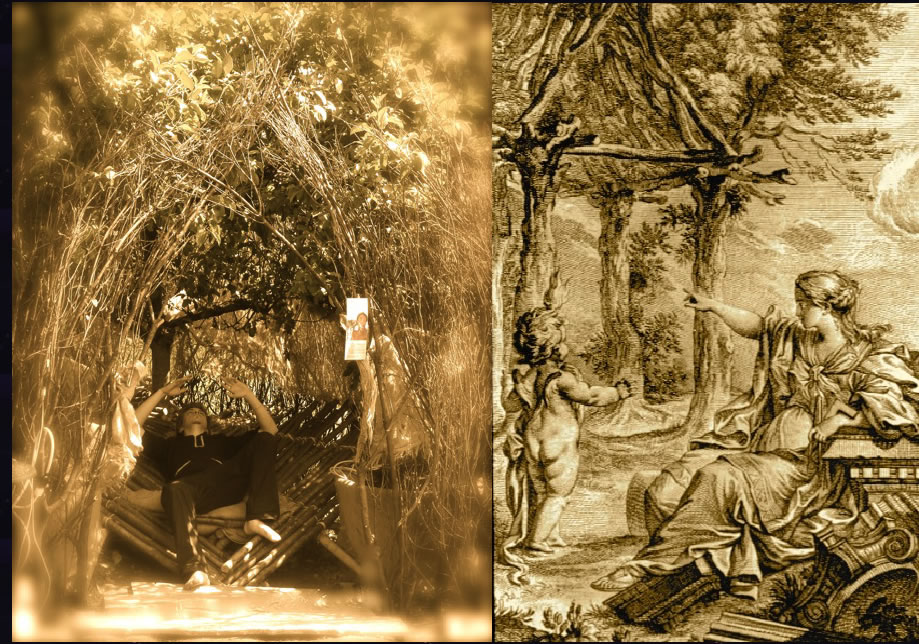
TO Do: Ecco Il testo fondamentale su questa problematica.
Installation Reciprocal 1.0
Vai Alla pagina con video!! foto leggi un articolo
Tree.It
nITro Installation
nITro Group: Partners in charge Valerio Galeone, Dario Pompei Designers Luca Bregni, Gaetano De Francesco, Giuseppe D’Emilio, Antonio De Pasquale, Rosamaria Faralli, Valerio Galeone, Davide Motta, Dario Pompei Interactive Designer Valerio Galeone Team Rosetta Angelini, Luca Bregni, Gaetano De Francesco, Giuseppe D’Emilio, Antonio De Pasquale, Rosamaria Faralli , Denise Franzè, Valerio Galeone, Saverio Massaro, Davide Motta, Dario Pompei, Antonino Saggio, Angelica Sansonetti, Liborio Sforza Collaborators The FabHub, deltastudio Photographs Rosamaria Faralli (FaRo Image)
«Così nella Tuscia i led di Arduino riaccendono la vita di una comunità»
leggi
Il gruppo nITro a dieci anni dalla fondazione ha realizzato a Ronciglione (VT) «TreeIT» una installazione che usa l'Information Technology, l'interattività e l'architettura dello spazio pubblico per promuovere un progetto di Bonifica del Lago di Vico.
Grande successo di pubblico e di critica ha risposto a questo sforzo del tutto auto promosso e auto finanziato dai membri del gruppo.

[R.E.]Park/Nuove Identità
Strategie sistemiche per la riqualificazione delle aree contaminate dalle produzioni belliche al lago di Vico

Dario Pompei
AA 10-11 Tesi discussa nel marzo 2013
Relatore A. Saggio
Nella città di Ronciglione il 6, 7 e 8 Dicembre 2014 si è svolto il Cubo festival. Il centro antico della città sul lago di Vico ha visto installazioni, performance, eventi. In questa occasione il gruppo nITro è sceso letteralmente in piazza con un atto pubblico: quindi politico, quindi sociale. Ha esposto il lavoro dell’architetto Dario Pompei, redatto come tesi di Laurea con il prof. Antonino Saggio a “Sapienza” e ha costruito attorno a questa presenza una azione che è stata spaziale, ambientale, tecnologica e, appunto, politica. Il progetto ha dimostrato come si può affrontare la grave crisi dell'inquinamento da veleni che ha investito il lago di Vico. L'operazione prevede ad un tempo una riforestazione attiva, la decontaminazione e la bonifica e la creazione di percorsi pensili su passerelle in legno. Questi percorsi valorizzano questa zona delle pendici del lago con delle micro architetture inserite nel contesto che consentono uno sviluppo compatibile con le vocazioni naturalistiche dell'area.
L'installazione nel centro storico di Ronciglione costruisce una rampa passerella armoniosa e sfioccata in varie direzioni che dinamizza lo spazio e ne sottolinea le potenzialità. Lungo la rampa-passerella si realizzano più di cento alberi “sintetici”. Evocano l'operazione di progetto e allo stesso tempo rivelano che solo la presenza attiva della comunità può imporre una soluzione intelligente. Gli alberi infatti, attraverso una attivazione di tecnologie interattive, si illuminano solo al passaggio delle persone. Sono muti, senza la volontà pubblica, ma si accendono quando questa volontà è presente.
brochure:
TreeIt nITro 2013

see Movie
Local | You Tube

Recipriocal 2.0
Ascolta la musica Valeria Cimò, Michele Spano

Antonino Saggio, Perchè rappresentare l'invisibile Why Represent the invisible "Disegnare" n. 50
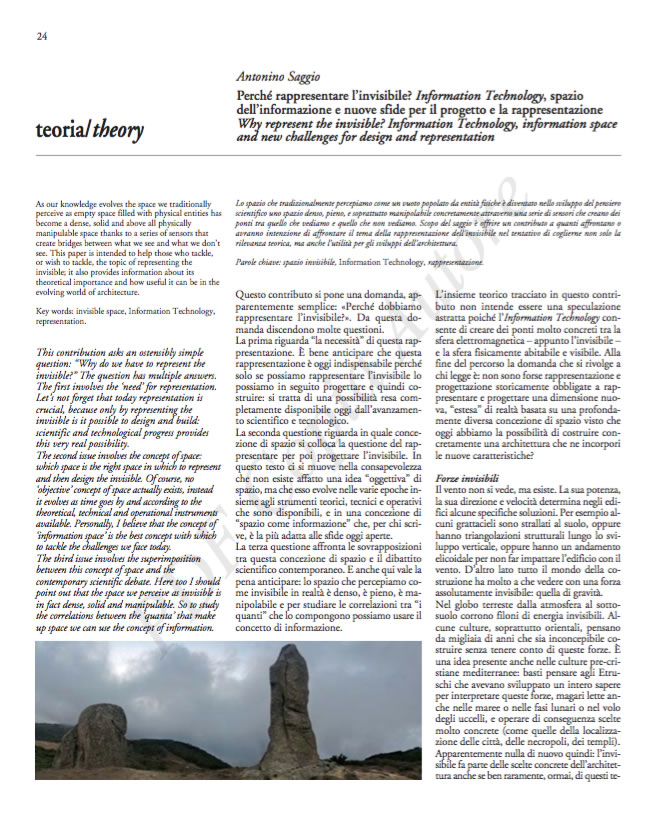


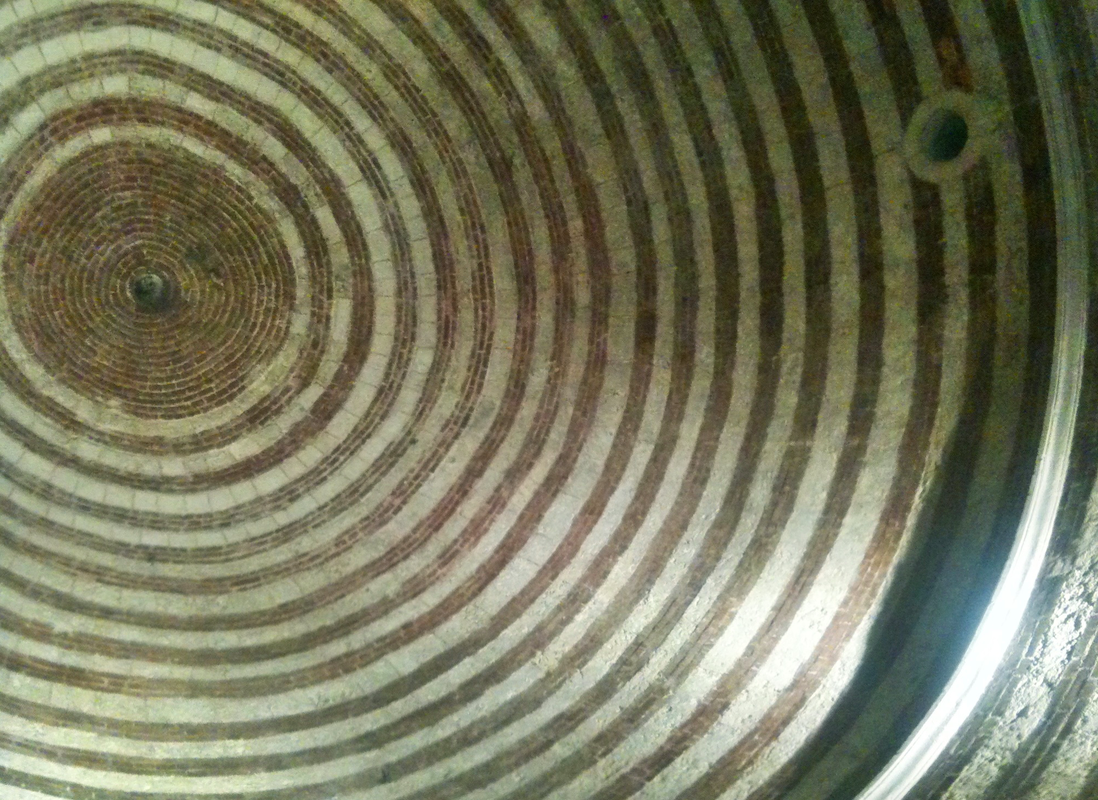






READ Music space and Archiecture at MAXXI ROME

Approfondimenti
Grande Verifica
Ambienti animali e ambienti umani. Una passeggiata in mondi sconosciuti e invisibil di Jakob von Uexküll

Gli spazi diversi degli esseri viventi ecco la prova

La bolla di An. Saggio


L'immagine sopra è chiaramente e non solo una informazione, il che ovviamenta lo abbiamo capito dalla lezione sulla informazione, ma è anche una sorta di bolla!
cioè è esattamente uno spazio soggettivo (anche se lo spazio soggettivo è quello della civiltà della cultura dell'orientamento esattamente in questo senso l'immagine è allo spessto spazio - soggettivo anche s esteso socialmente pubblicamente - e allo stesso tempo è assolutamente informazione
e l'informazione v.U. non usa la parola chiave che spiega tutto.... e cioè I
Un approfondimento su Jakob von Uexküll https://onnoffmagazine.com/2017/03/13/il-visibile-e-linvisibile/
Vedi
Insomma la questione è semplice, per andare avanti rispetto a Jakob von Ueküll bisogna usare il concetto di informazione. Se si pensa un attimo esattamente la sua definzione di Unwelt, ambiente soggettivo,
risponde perfettamente alle tre caratteristiche che abbiamo descritto di spazio come informazone è semantico, è contestuale, è fisologico.

Michele di Maggio ITCAAD 2014 vedi logo

blog youtv contact-cv
















 ..
.. ..
..
 .
.
 ......
...... 


















































